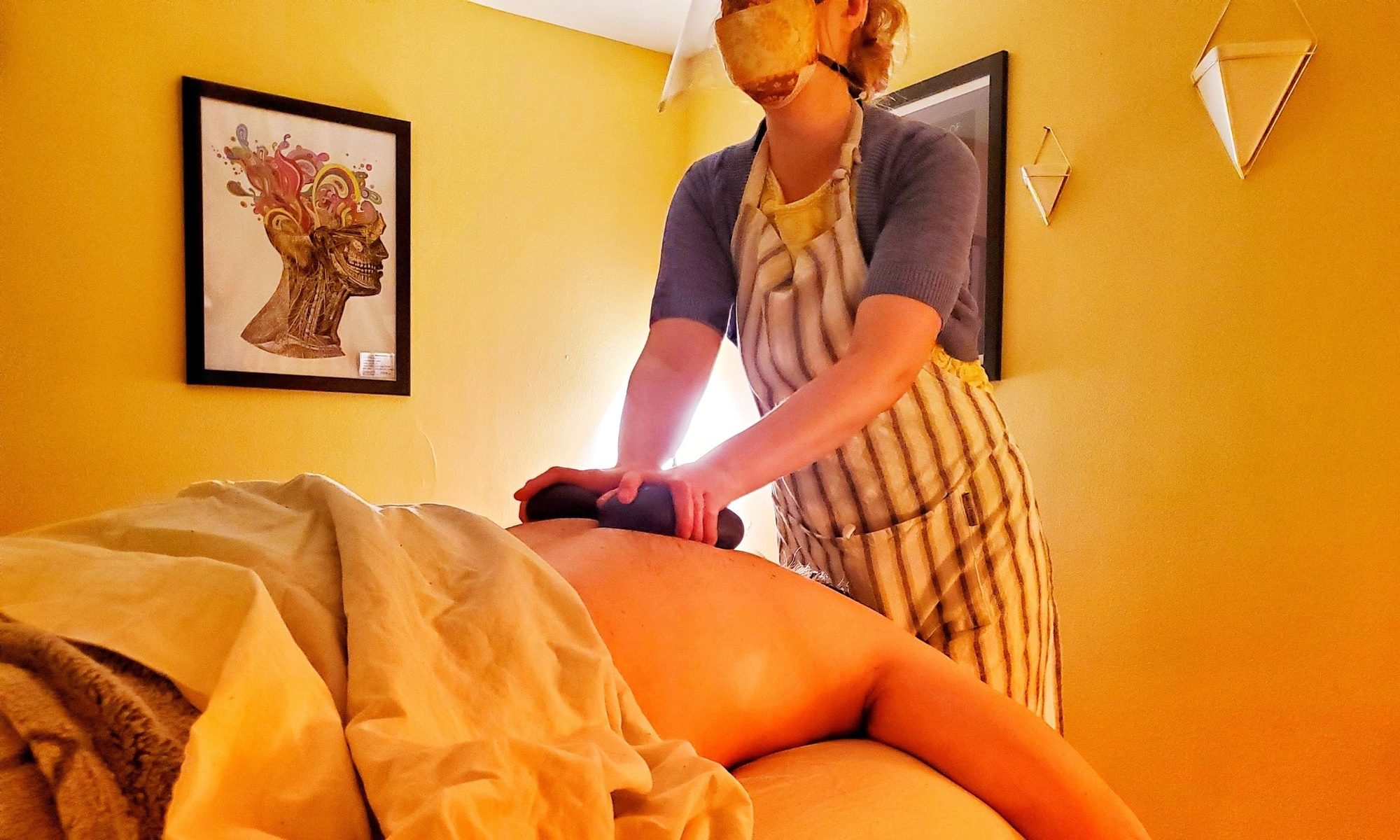Structural bodywork is a postural realignment and integration system. Through strategically applied manual therapy, Structural bodywork’s intention is sensorimotor education meant to improve your biomechanical functioning. Book a session to experience this transformative bodywork.
Trained by Jonathan Primack and Til Luchau, the Structural approach we take is customized for each individual.
What to expect:
Session begins with an intake that includes postural evaluation and discussion.
Clients typically wear sports attire (shorts, tank top, sports bra or similar).
Session typically involves client participation (moving jaw, hands, legs, arms) to incorporate maximum fascial freedom.
No emollient is used.
Client may be face up, face down, side-lying, seated, or standing during the session depending on session goals.
Session may be less than 1 hour or up to 2 hours depending on applied techniques and resulting change.
Overview:
Generally, Structural bodywork is a commitment to a minimum of 10 sessions held weekly or every other week in which we apply strategic techniques designed to address postural “deviations” in an effort to improve your overall well-being and abilities. These treatments are delivered to you with no emollient. You will wear shorts/sports bra as appropriate to maintain your comfort. The treatments often are active and can last up to 2 hours per session, though they also can be as brief as 15-20 minutes. A pre- and post-treatment postural assessment is performed. We discuss your goals and the changes you experience each session, as well as what elements in your day-to-day may be impacting your posture and health. Book your Structural session today.
History:
Originated circa 1940 by Ida Rolf, a PhD in biochemistry, Structural Integration was slowly perfected after years of hands-on work with folks seeking physical and psychological health via postural changes.
A pioneer, Rolf was the first woman to hold a research post at the Rockefeller Foundation. After studying mathematics, physics and homeopathy, Rolf turned her mind to osteopathy, hatha yoga, postural training and movement awareness therapies, the general semantics of Alfred Korzybski (to boil his premise down, all of human perception is an illusion because it is filtered through our limited faculties) and Buckminster Fuller‘s concept of “tensegrity structures” (the interplay of rigid and elastic, tense and compressed elements that make up our gravity defying lives. Tensegrity comes into play when we strain one muscle and other muscles rally to take up the slack and then begin to hurt as well, a cascading effect that can become debilitating if untreated).
Rolf’s interest in optimizing human biomechanics led her to develop postural training methods which she packaged into 10-part sequence of sessions. This protocol influenced later Structural programs such as the Alexander Method, Feldenkrais, Anatomy Trains SI/KMI, & other movement modalities.
The goal is balancing your body and your relationship with gravity by improving your fascial tone.

You must be logged in to post a comment.